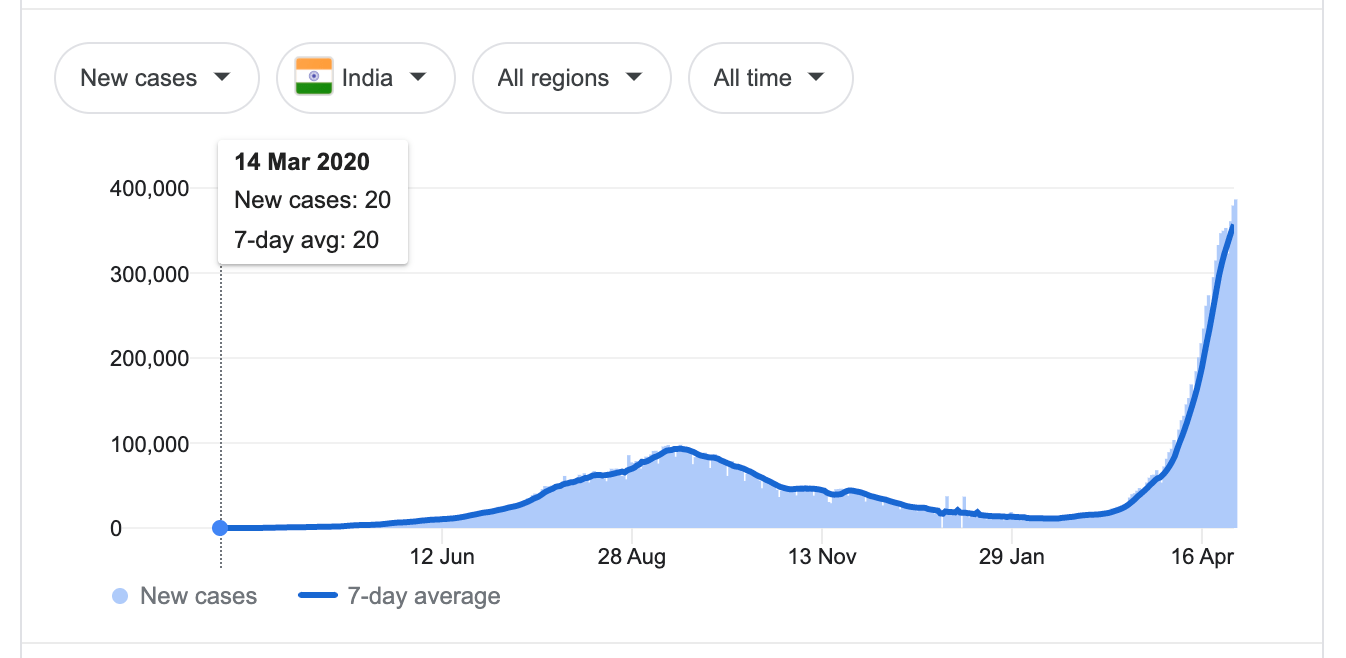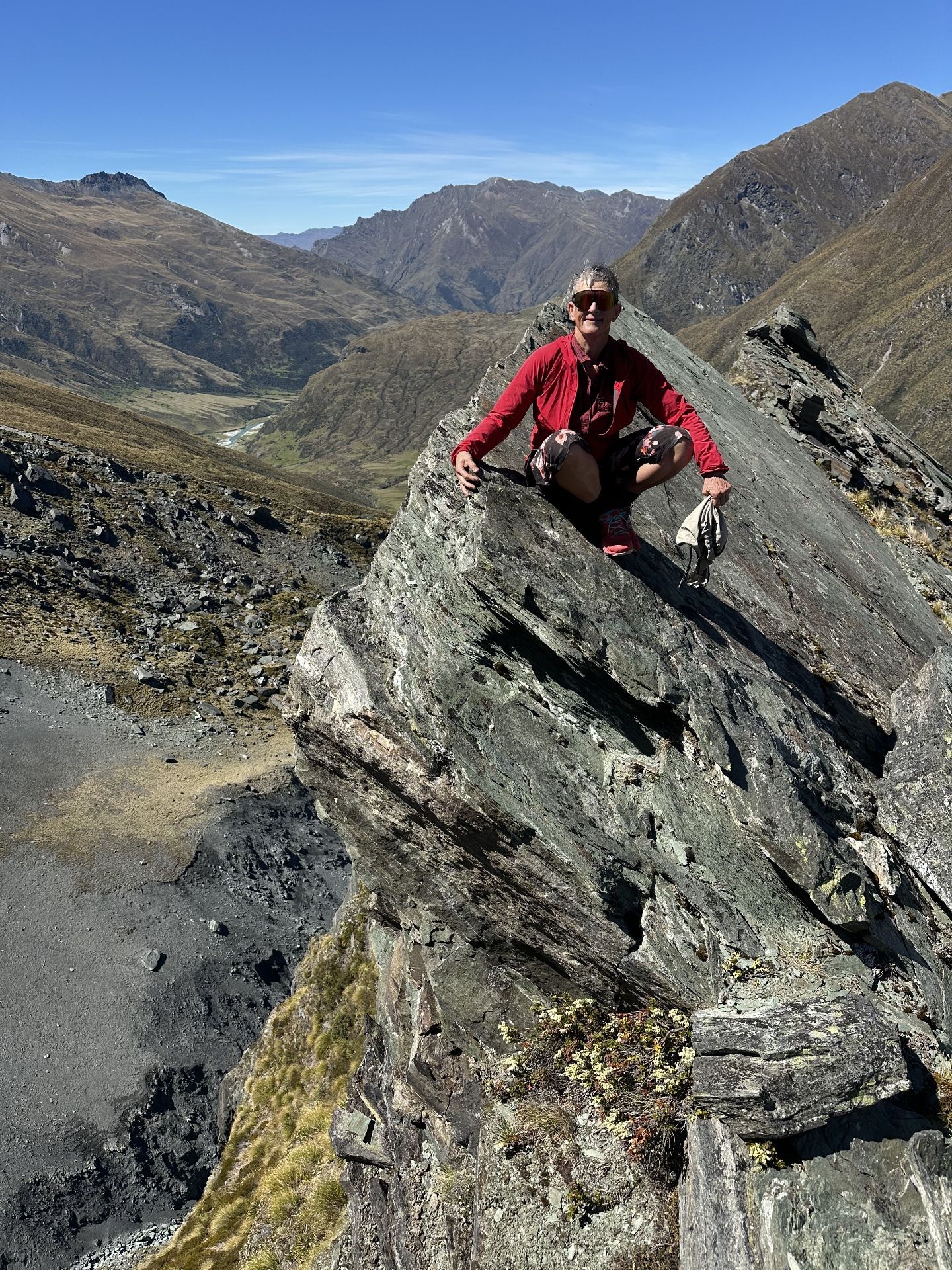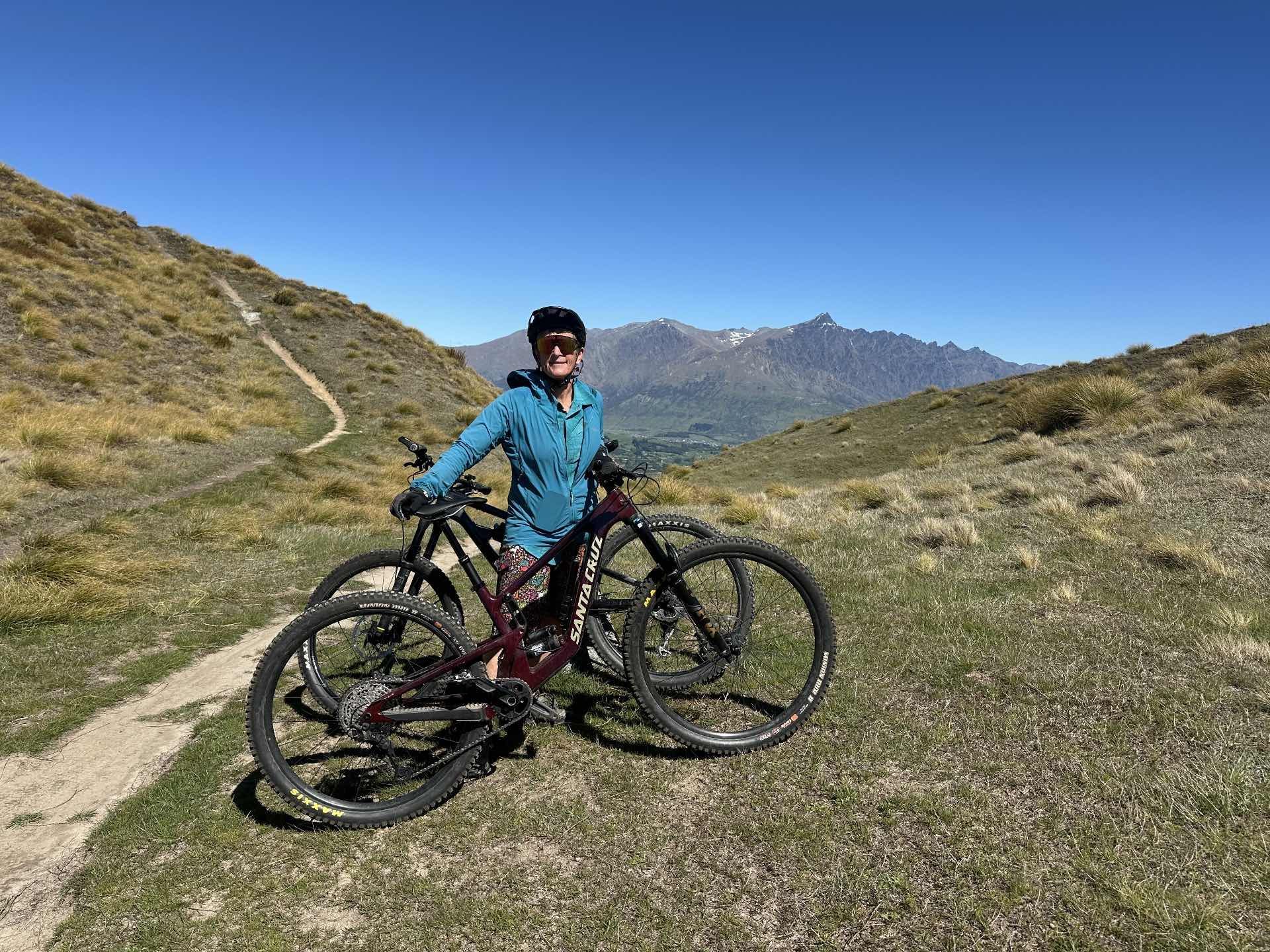Complacency and fatigue

Chronic fatigue is one of the common symptoms of ‘long COVID’. In Britain, there are estimates that 14% of people who tested positive for COVID-19 have symptoms which subsequently linger for more than 3 months, with most of these people aged between 25 and 70. The symptoms include coughs, headaches, muscle pain, shortness of breath, nausea, diarrhoea and abdominal pain. They are put into 3 categories:
- Exercise intolerance: feeling tired or out of breath from performing minor physical activity),
- Cognitive impairment (brain fog and memory problems).
- Autonomic nervous system disorders (these nerves control things we don’t consciously manage, such has heartbeat, breathing and digestion).
In >90% of long COVID cases, the original symptoms were not severe enough to warrant admission to hospital. By early February 2021, nearly 500,000 British people (>10% of reported COVID cases) said they experienced long COVID for more than 6 months. So many people functioning less than optimally has the potential to create a public health catastrophe, if large numbers of people repeatedly tax health care systems.
Chronic fatigue syndrome has been reported for decades, where young and healthy people develop a raft of debilitating symptoms which are medically unexplained, but often develop following a viral or bacterial infection. No universal explanation has been identified, despite a myriad of studies. For long COVID, medics are focusing on three possible explanations, informed by previous work on chronic fatigue and backed up by various lines of medical evidence related to COVID-19. Any, all or none of these explanations may be valid:
- Persistent viral infection – patients have never completely cleared the virus, although they are no longer infectious. This is known to occur with measles, dengue and Ebola, and is particularly common in RNA viruses like SARS-COV-2 (the virus causing COVID-19).
- Autoimmune disease – the virus has caused something to go wrong with the immune system, which is now attacking the body’s own tissues.
- Inflammation – the fight put up by the body against COVID-19 has caused lasting collateral damage, to the autonomic nervous system and/or cells that line blood vessels.
Rehabilitation for long COVID patients can be…long. In one clinic, 30-40% improvement was seen in fatigue levels after 150 days of rehab, including two 30 minutes sessions a week with a therapist and remote follow-up. Such patients were impacted long term in regard to their ability to work, participate in family life and care for dependents.
The other sort of fatigue affecting those of us in countries where COVID-19 is not part of our daily lives, is news fatigue. Chris and I noticed this during the Canterbury earthquakes, where people not in Canterbury quickly got bored with hearing about our travails. ‘Isn’t it all over?’, people would ask. They started asking that only 3 months after the Christchurch earthquake that killed 185 people and we still had two more major earthquakes to go! We discovered the other side of that equation when we left Christchurch, 1.5 years after the major February 2010 quake. Now we were the ones feeling bored when we visited Christchurch and everyone wanted to tell us about their repairs, insurance settlements, or lack of them. This went on for several more years in full force and, 10 years later, is still going on for an unlucky few.
In the same way, it is hard to remain aware and concerned about the plight of far distant others in countries that we haven’t been able to visit for over a year. Our immediate life fills up our focus, and a reality that is distant from our own is hard to constantly bring to the fore of one’s brain. Such fatigue also combines with complacency; the threat of COVID-19 doesn’t feel anywhere near as imminent or significant as it did back in May 2020. After all, vaccines are on the horizon, or at least just beyond the horizon for New Zealand citizens.
I found myself peculiarly disinterested in the plight of people in India, to the point that I had read no recent articles about the reason for the incredibly rapid rise in COVID-19 cases (left below) and deaths (right below) there. I had noted that NZ had shut its borders to arrivals from India from 2 weeks (along with Hong Kong, the UK and the US). How can COVID-19 seem like old news, when 3000 people a day are dying from it in a single country, their hospitals are overwhelmed, their oxygen supplies are exhuasted, and sick people queuing outside in the streets?

The answer is obvious, that to cope with life, one’s brain has to rapidly adjust to any new situation as normality and there are only so many external catastrophes that one can mentally encompass. However, this answer somehow always seems surprising that one can so quickly lose the ability to care about the plights of others. Notwithstanding, I engaged my curious brain (as opposed to my empathetic brain), to get a bit more understanding of why things are so bad in India right now.
The rise in COVID-19 in India is being blamed on the development of the new, more infectious, variants of COVID-19, together with mass gatherings occurring in the run-up to elections. Earlier in the global progression of COVID-19, India had remarkably few infections and no-one was quite clear as to why, I guess they were just happy about it. There seems to be relatively little effort going in to explain surprisingly low population incidences of COVID-19 (such as that in Vietnam), with a lot more focus on high incidence. With a lack of new cases in India, together with the start of vaccination campaigns and reductions in lockdown measures, complacency set in and people started meeting in large groups.
The UK COVID-19 variant, which is up to 70% more transmissible than the ‘original’ COVID-19, spread to India (and many other countries) late in 2020. It is now the dominant variant in India, but there is also a new ‘Indian variant’ that has just been sent back to the UK. This ‘double mutant’ actually has a number of mutations compared to the original, but two key mutations are in the spike proteins that help COVID-19 invade the body and evade immune responses. There is concern that these two mutations working together may result in an even greater infectious capability in COVID-19. Every time there is a more infectious variant, that is the variant that will propagate most rapidly. The more people that are infected, the more variants will develop; and India represents an excellent breeding ground with its huge population (1.36B), many of whom live in crowded conditions which aid the spread of disease.
Complacency and fatigue are probably our two greatest challenges in relation to COVID-19 in New Zealand, or the lack of it. Can we continue our border vigilance, our willingness to lock down if need be, and our awareness of the risks of travel to and from New Zealand, to get to the point of sufficient levels of vaccination that COVID-19 cannot wreak havoc if present in our country?







